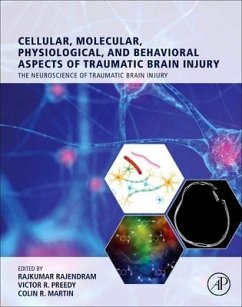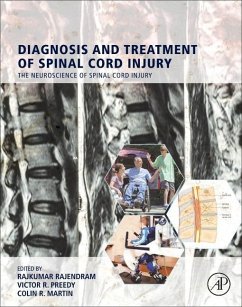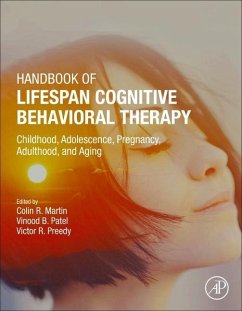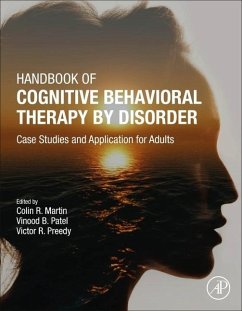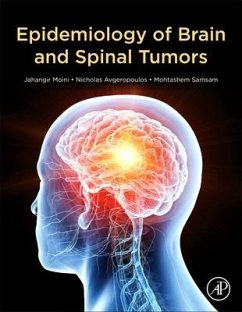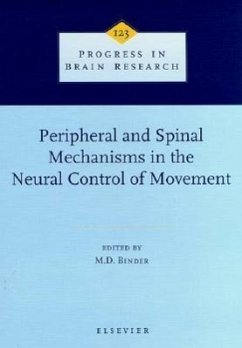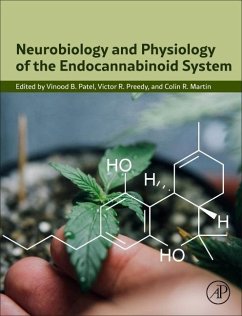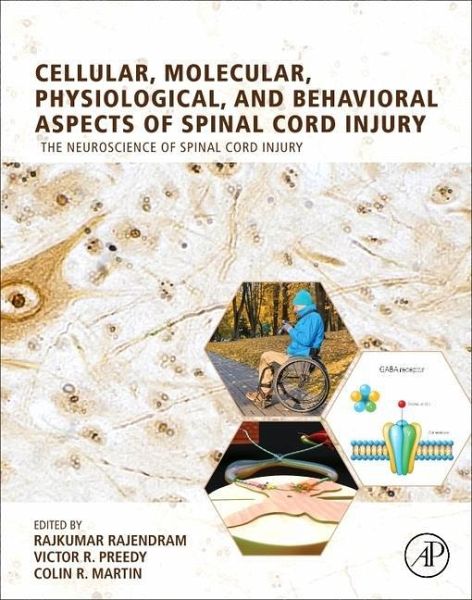
Cellular, Molecular, Physiological, and Behavioral Aspects of Spinal Cord Injury

PAYBACK Punkte
110 °P sammeln!
Spinal injury affects about 10 million people annually worldwide, impacting on the family unit and causing lifelong disabilities, with varied symptoms including paresthesia, spasticity, loss of motor control, and often severe pain. Cellular, Molecular, Physiological, and Behavioral Aspects of Spinal Cord Injury will enhance readers' understanding of the biological and psychological effects of spinal cord injury. Featuring chapters on gene expression, metabolic effects, and behavior, this volume discusses in detail the impact of spinal cord injury to better understand the underlying pathways an...
Spinal injury affects about 10 million people annually worldwide, impacting on the family unit and causing lifelong disabilities, with varied symptoms including paresthesia, spasticity, loss of motor control, and often severe pain. Cellular, Molecular, Physiological, and Behavioral Aspects of Spinal Cord Injury will enhance readers' understanding of the biological and psychological effects of spinal cord injury. Featuring chapters on gene expression, metabolic effects, and behavior, this volume discusses in detail the impact of spinal cord injury to better understand the underlying pathways and processes. The book has applicability for neuroscientists, neurologists, clinicians, and anyone working to better understand these injuries.




